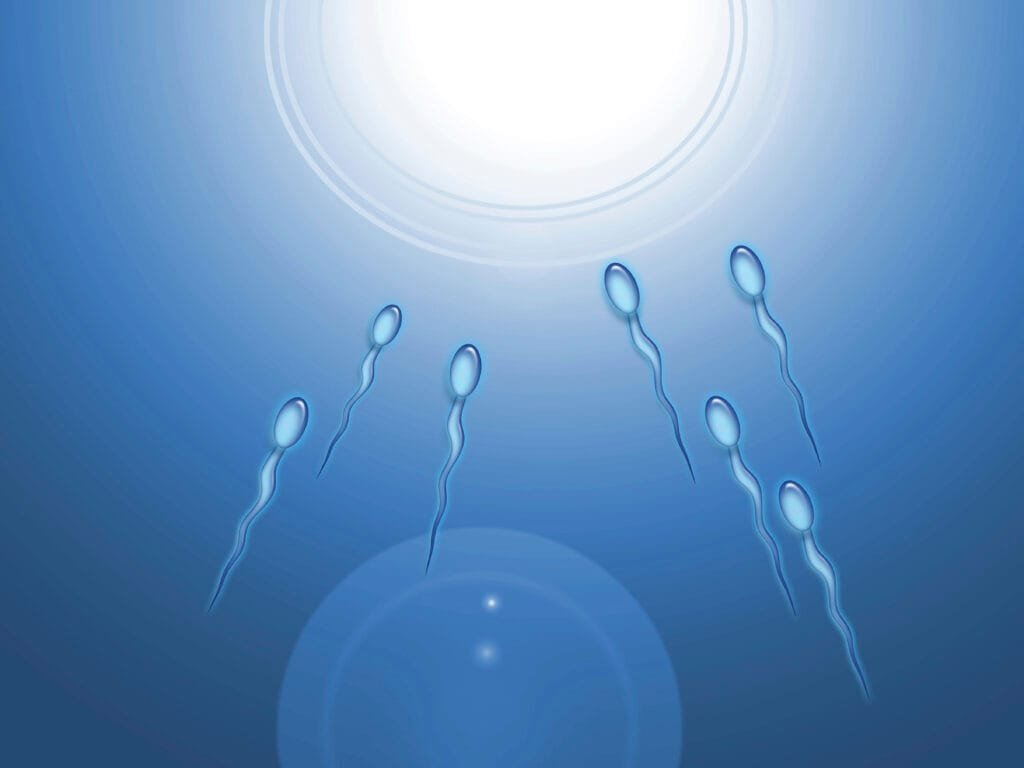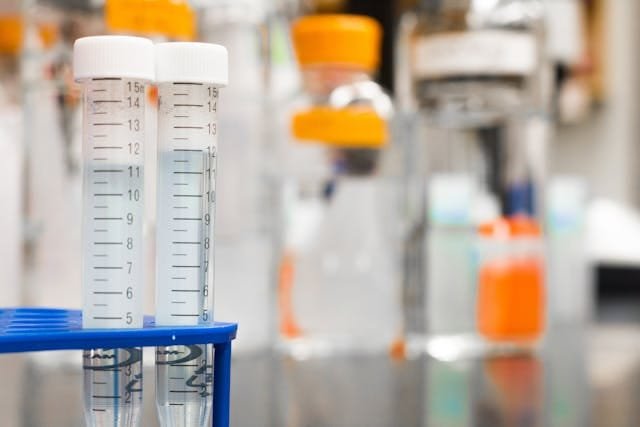Intracervical Insemination (ICI): All You Need To Know
Understanding ICI | Benefits | Success Rates | Risks and Considerations
Are you curious about Intracervical insemination (ICI)? You’re not alone. As more and more couples face fertility challenges, ICI offers a promising alternative. It’s an appealing choice for those looking to avoid more invasive approaches, offering new hope for families eager to grow.
With its growing popularity, understanding ICI becomes essential for anyone considering fertility options. This article dives deeper into how ICI could be the solution you’ve been searching for.
Understanding Intracervical Insemination
Intracervical Insemination (ICI) is a fertility treatment option often chosen by couples or individuals who experience challenges in conceiving naturally. It is one of the simplest and yet effective assisted reproductive technologies (ART) available today. But what exactly does it involve, and how does it work?
What is ICI?
ICI, is a type of artificial insemination where sperm is placed directly into the cervix. The main purpose of ICI is to aid in the conception process by directly placing sperm into the cervix, bypassing potential barriers that might exist in the vaginal environment. This method is useful not only for heterosexual couples experiencing fertility issues but also for single women and same-sex couples looking to start a family using donor sperm.
It is a procedure designed to mimic the natural process of fertilization. Unlike its counterpart, Intrauterine Insemination (IUI), which places sperm directly into the uterus, ICI allows sperm to make its way naturally through the cervix and into the uterus.

The In Clinic ICI Procedure Explained
Understanding the ICI procedure can demystify the experience, making it easier for those considering this option to make informed decisions. Here’s a simple breakdown of the steps involved:
- Consultation: Before undergoing ICI, it’s crucial to have a thorough consultation with a fertility specialist. During this meeting, the doctor will discuss medical history, perform necessary tests, and ensure that ICI is the right procedure.
- Sperm Collection and Preparation: Whether using partner or donor sperm, the sample is collected and prepared. Preparation often includes “washing” the sperm to increase motility and chances of fertilization.
- Tracking Ovulation: Accurate timing is essential. Ovulation is usually tracked using hormone tests or ultrasound to ensure the procedure is performed when the chances of conception are highest.
- Insemination: A thin catheter is used to insert the sperm directly into the cervix. The procedure is relatively quick and usually painless. For some, it might feel similar to a Pap smear.
- Observation and Follow-Up: After the procedure, patients are advised to relax and avoid activities that could disrupt the process. Follow-up appointments will be scheduled to discuss results and next steps.
The Cleveland Clinic provides a step-by-step guide to further understand these procedures.
This structured approach ensures that the procedure is carried out efficiently, maximizing the possibility of conception. Though it might seem technical, the process is smooth and guided by experienced medical professionals, ensuring that patients remain comfortable throughout.
Who Should Consider ICI?
Not every couple will find ICI suitable for their circumstances, but several groups may benefit from this method:
- Couples with Male Infertility Issues: Men with low sperm count or motility may find ICI to be a practical alternative as it increases the chances of sperm reaching the egg.
- Same-Sex Female Couples: ICI provides a solution for couples using donor sperm, offering an accessible and less invasive fertility option.
- Single Women Seeking Pregnancy: For those opting for motherhood independently, ICI offers a more affordable option for using donor sperm compared to more invasive treatments. You can explore more about who are the suitable candidates here.
Before deciding on ICI, it’s wise to closely consult with a fertility specialist to evaluate individual situations and come to the best decision tailored to personal needs. This consideration ensures that steps taken align closely with the desired family planning goals.
Benefits of Intracervical Insemination (ICI)
Intracervical insemination (ICI) is a fertility treatment gaining attention as a simpler and more approachable method for couples looking to start or expand their families. It offers unique benefits that make it an attractive option in a sea of fertility treatments. Let’s dive into what makes ICI a preferred choice for many.
Less Invasive Option
ICI presents a gentle alternative, as it involves placing sperm directly into the cervix with minimal medical intervention, reducing both physical and emotional stress for patients.
Cost-Effectiveness
ICI shines as an affordable choice compared to IVF. Why spend more when you can achieve results with less? The costs associated with ICI are typically lower because the procedure requires fewer medications and visits to the clinic. Research highlights that this affordability opens up options for individuals who may otherwise find fertility treatments financially out of reach.1
Success Rates and Factors Influencing Outcomes
Intracervical insemination (ICI) is an option many consider when planning a family. But how often does it really succeed? Understanding both the success rates and the factors playing a role in the outcome can provide clarity and guide expectations for individuals or couples opting for this procedure.

Success Rates of ICI
Current studies have found that the live birth rate per ICI cycle is approximately 37.9%. 2 This includes women undergoing treatment with both fresh and frozen donors. What does this number mean? It indicates that while ICI holds promise, it doesn’t guarantee an immediate result.
Other research has found that six treatment cycles, within a six-month treatment period, saw 37.9% of women experienced live births after ICI. 3This study also found 40.5% success rate after six for IUI after the six treatments. However, the chances for each individual may vary based on specific circumstances.
In other studies comparing pregnancy success rates between intrauterine insemination (IUI) and intra-cervical insemination (ICI), found that IUI generally has higher success rates due to the direct placement and preparation of concentrated sperm.4
Factors Affecting Success Rates
While the success rates of ICI provide a benchmark, understanding the factors that influence these numbers can empower hopeful parents. Below are some pivotal factors to consider:
- Age: Age remains one of the key elements impacting fertility. As stated by WebMD, younger women generally have higher success rates than those older than 35 years due to naturally occurring fertility declines.
- Sperm Quality: The quality of sperm, including count and motility, plays a critical role. Healthy sperm increases the chances of successful fertilization and subsequent pregnancy. Factors influencing quality can include lifestyle choices and medical history.
- Timing of Insemination: Timing in relation to ovulation is crucial for achieving pregnancy through ICI. Precise timing ensures that sperm is introduced at the optimal moment to meet and fertilize the egg. Monitoring ovulation cycles helps in determining the right timing for the procedure.
- Underlying Health Conditions: The overall health and any underlying reproductive issues can influence the outcome of ICI. Lifestyle factors and medical history may also be at play, either bolstering or dampening success chances.
Taking a proactive role in addressing these factors, like adapting lifestyle changes for better sperm quality or using ovulation predictor kits, can possibly enhance the likelihood of success with ICI.

Potential Risks and Considerations
Risks Involved
Even simple procedures can carry some level of risk. Intracervical insemination is generally considered safe, but here are some potential concerns:
- Infections: There is a small risk of developing an infection, although using sterile instruments minimizes this risk significantly. For further details, you can read more about how infections can be prevented during insemination on the Mayo Clinic website.
- Multiple Births: As with other assisted reproduction techniques, there’s a possibility of multiple pregnancies, which carries additional health considerations for both the mother and babies.
- Allergic Reactions: Some individuals might experience reactions to the sperm or solutions used during the procedure, so discussing potential allergies with your healthcare provider is crucial.
Understanding these risks doesn’t mean expecting problems. Instead, it ensures you have all the information to weigh the pros and cons effectively.
Intracervical Insemination (ICI): All You Need To Know
In Summary
Taking everything into account, Intracervical Insemination (ICI) offers an accessible and natural approach to fertility treatment. This method presents unique benefits and challenges that couples should carefully weigh to make an informed decision. With modern technological advancements and informed decisions, people can find the method that best meets their needs and circumstances.
Ultimately, the choice of using ICI should be made with a clear understanding of its process and results.
The journey towards parenthood can be intricate, yet with the right methods and a supportive team, the road may become easier to navigate. Using resources and understanding the landscape of options ensures that you can select what’s best for your family planning needs.
Explore our latest posts:
- Seed Cycling: A Natural Approach to Hormonal Balance
- The Best Traditional Chinese Medicine For Fertility
- 11 Ways I Reduced My Period Pain with Natural Remedies
- 9 Surprising Habits Making Your Period Worse
- Boost Your Fertility with Magnesium: What You Need to Know
- Kop, P. A. L., van Wely, M., Nap, A., Soufan, A. T., de Melker, A. A., Mol, B. W. J., Bernardus, R. E., De Brucker, M., Janssens, P. M. W., Pieters, J. J. P. M., Repping, S., van der Veen, F., & Mochtar, M. H. (2022). Intracervical insemination versus intrauterine insemination with cryopreserved donor sperm in the natural cycle: a randomized controlled trial. Human reproduction (Oxford, England), 37(6), 1175–1182. https://doi.org/10.1093/humrep/deac071 ↩︎
- Kop, P. A. L., van Wely, M., Nap, A., Soufan, A. T., de Melker, A. A., Mol, B. W. J., Bernardus, R. E., De Brucker, M., Janssens, P. M. W., Pieters, J. J. P. M., Repping, S., van der Veen, F., & Mochtar, M. H. (2022). Intracervical insemination versus intrauterine insemination with cryopreserved donor sperm in the natural cycle: a randomized controlled trial. Human reproduction (Oxford, England), 37(6), 1175–1182. https://doi.org/10.1093/humrep/deac071 ↩︎
- Wang, J. X., Yap, Y., Matthews, C. D. (1995). Intra-cervical insemination (ICI) for donor insemination: Pregnancy rates in an Australian population. Human Reproduction, 10(8), 1856-1859. https://doi.org/10.1093/oxfordjournals.humrep.a136219 ↩︎
- Cohlen, B. J., Vandekerckhove, P., Maxwell, D., & Collins, J. A. (2000). Intra-cervical insemination versus intrauterine insemination for subfertility associated with cervical hostility, unexplained subfertility, male subfertility. Journal of Andrology, 21(1), 138-143. https://doi.org/10.1002/j.1939-4640.2000.tb03295. ↩︎







